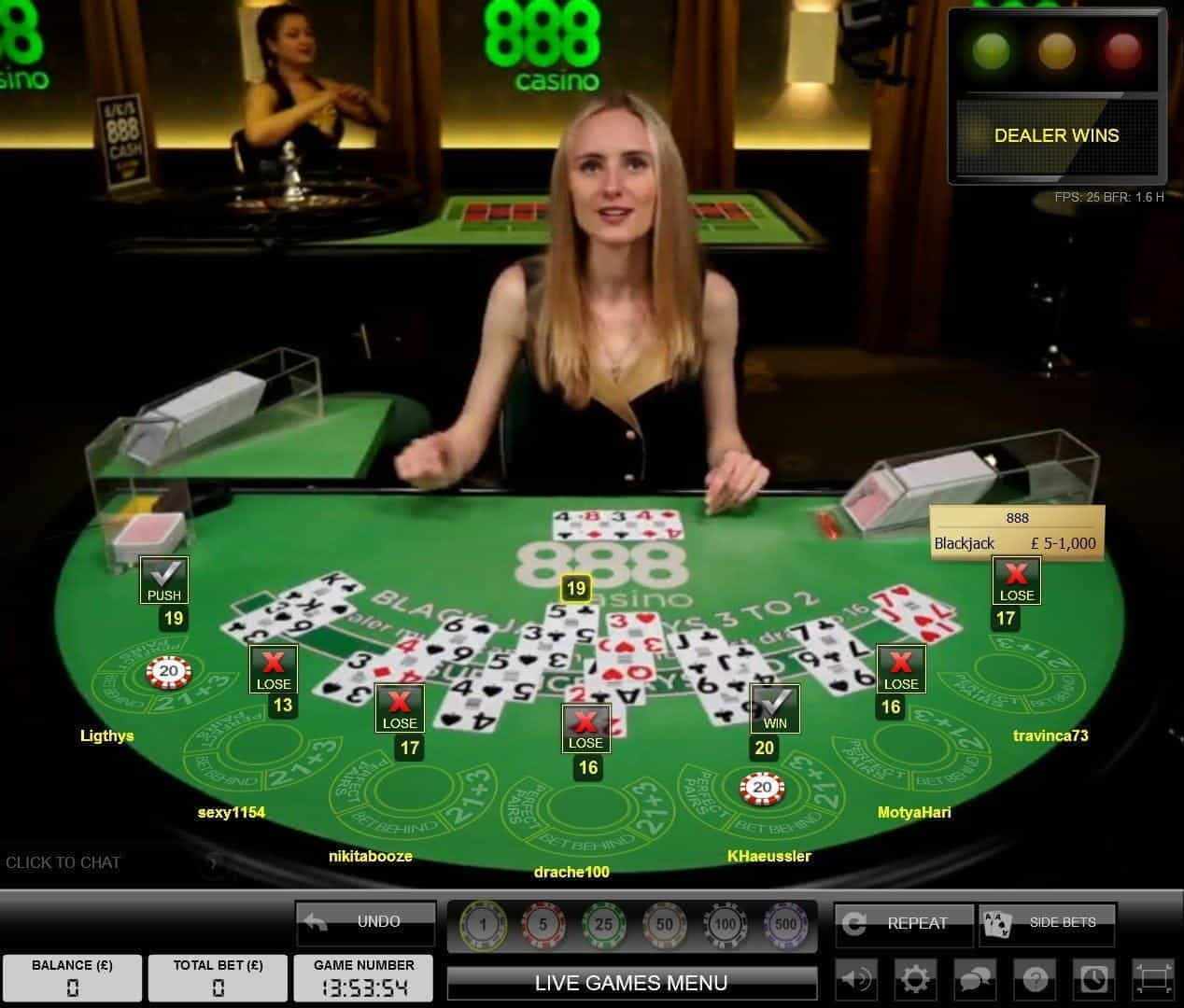
Within the dynamic and exciting world of gaming establishments, wherein luck and strategy intertwine, color and aesthetic play a critical role in drawing in gamblers. As soon as visitors step inside a casino or access a gaming website, they are enveloped in a sightly feast that grabs their attention and lures them to discover more. Bright colors, engaging graphics, and innovative layouts are meticulously crafted to create an environment of excitement and expectation, ultimately enhancing the gaming encounter.
As gamblers navigate through the dynamic landscape of casino games, they encounter a range of designs that not only serve aesthetic purposes but also affect feelings and decision-making. Hues like scarlet and gold symbolize wealth and fortune, while calm navy and greens can create a much relaxed environment. Grasping how these elements work together enables casinos to create an welcoming and energizing atmosphere that encourages players to engage with the games, spend more time at the tables, and boost their overall enjoyment. 5MB
The Psychology of Color in Gambling Games
Color plays a key role in the creation of gambling games, affecting players’ emotional states and responses. Vivid and striking colors, such as red and gold, are often used to incite excitement and draw focus. These colors create a sense urgency and dynamism, encouraging players to involve themselves more readily with the game. By strategically selecting colors, designers aim to evoke feelings of satisfaction and anticipation, which can enhance the total game experience.
Different shades also have psychological associations that can impact how gamblers perceive their chances of victory. For instance, lime is often associated with fortune and prosperity, making it a well-liked choice in activities like the roulette wheel and poker games. This connection can result participants to feel more positive and confident in their gameplay, ultimately motivating them to stake more. Grasping these associations allows game creators to craft environments that enhance player happiness and retention.
Moreover, the design of casino game interfaces often employs color gradients and contrasting colors to guide players’ actions. For example, winning outcomes may be highlighted with vivid, contrasting colors, creating a visual cue. This method supports successful results and promotes repeated gameplay. By leveraging color psychology, gambling establishments can design games that not only captivate participants but also keep them involved and invested in their game experience.
Creative Elements that Attract Gamers
The visual appeal of gambling games is largely influenced by the implementation of bold colors. Lively and contrasting colors are deliberately chosen to create an inviting atmosphere that captures attention. For example, reds and golden hues often signify luck and prosperity, which is why they are prevalent in the color schemes of slot machines and table surfaces. These colors not only attract players in, but they also stir emotions associated with excitement and expectation, enhancing the total gaming experience.
In parallel to color, the design and layout of casino games play a significant role in captivating players. Games are designed to be intuitive, ensuring that players can easily understand the rules and mechanics. Accessible interfaces, along with engaging graphics and motion, help maintain gamer interest and encourage longer play sessions. The tactile elements, such as the texture of the buttons and the sounds of the games, also contribute to a holistic sensory experience that keeps players immersed.
In conclusion, thematic elements in game design can significantly influence gaming decisions. Many gambling games are inspired by popular culture, myths, or exploration motifs, featuring symbols and characters that resonate with players. These themes create a sense of engagement and connection, making each game feel unique. When players feel a bond to the theme, they are more likely to opt for that game over others, leading to higher participation and excitement within the casino environment.
Case Studies: Successful Casino Slot Designs
One prime example of successful gambling game design is the popular slot machine series themed around popular movies. Games such as those based on the The Wizard of Oz and Game of thrones utilize bright colors and superior graphics to immerse players in well-known narratives. The application of lively visuals and captivating sound effects grabs the focus of players, building an affective connection to the theme. This strategy not just promotes longer play but also improves the overall gaming experience, resulting in increased player retention.
Another notable case is the use of color psychology in table games like 21 and the wheel. Casinos often design these games with rich reds and greens, colors traditionally connected with luck and wealth. For instance, the emerald felt on a blackjack table provides a relaxing effect, while the crimson accents in the wheel invite excitement. This deliberate use of color helps to create an inviting atmosphere that motivates players to participate, satisfying their psychological impulses and boosting their enjoyment.
Finally, social casino games that incorporate community features and lively, colorful designs have achieved remarkable success in engaging players. Games like Zynga Poker and Slot-O-Mania leverage striking colors and playful animations to create an inviting online environment. The inclusion of leaderboards, social sharing options, and in-game rewards fosters competition and community, attracting players in for longer sessions. Such designs merely make the games visually enticing but also highlight community engagement, a vital factor in player retention and engagement within digital casino environments.